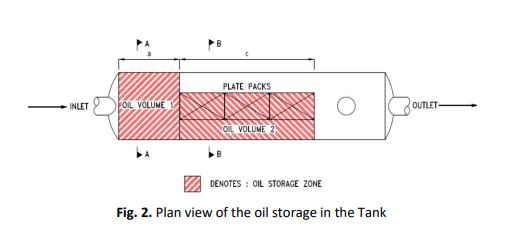Design of Oil Water Separator for the Removal of Hydrocarbon from Stormwater Contaminated with Jet-Fuel
DOI:
https://doi.org/10.37934/arfmts.92.1.162176Keywords:
Oil-Water Separator, Corrugated Plate Interceptor, Jet Fuel, Airport Storm Water, Design, WastewaterAbstract
The airport, in general, has a huge catchment area and a hardstand area that includes runways, taxiways, as well as parking aprons. Therefore, these areas are expected to produce a huge volume of stormwater. Besides this problem, the jet fuel and suspended solids contaminate the stormwater flow rate; hence, much consideration should be given in designing the treatment system to ensure that there is no back-flow expected during the high stormwater production to avoid any flooding occurrences in the airports. Currently, the stormwater treatment system in the Malaysian airport is minimal, and there is no specific treatment for the stormwater contaminated with jet fuel in Malaysia. In this paper, an oil-water separator named Corrugated Plate Interceptor (CPI) was explored to treat stormwater contaminated with jet fuel in the airport. Treating the airport stormwater contaminated with oil, grease, or jet fuel could significantly reduce the contamination issue and develop an environmentally friendly airport in Malaysia. The CPI has combs of plates arranged in packs, and this creates the surface areas for the removal reaction of jet fuel and suspended solids between the incoming contaminated stormwater and the plates. Accordingly, in this paper, the design and development of CPI were discussed, particularly on the design criteria for the oil-water separator, standardized tank dimensions, oil storage capacity in the tank, sludge storage capacity in the tank, and finalized plate packs.
Downloads
































